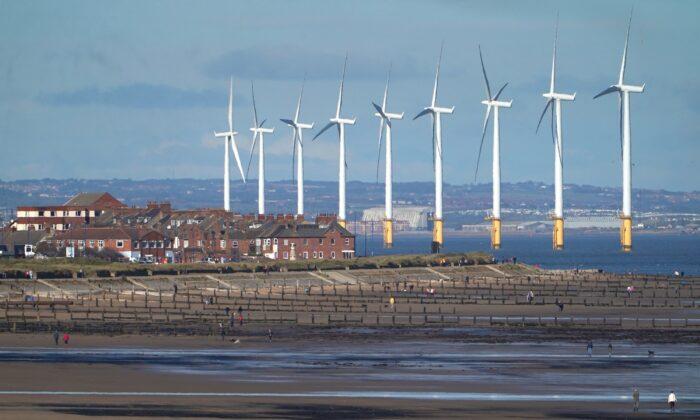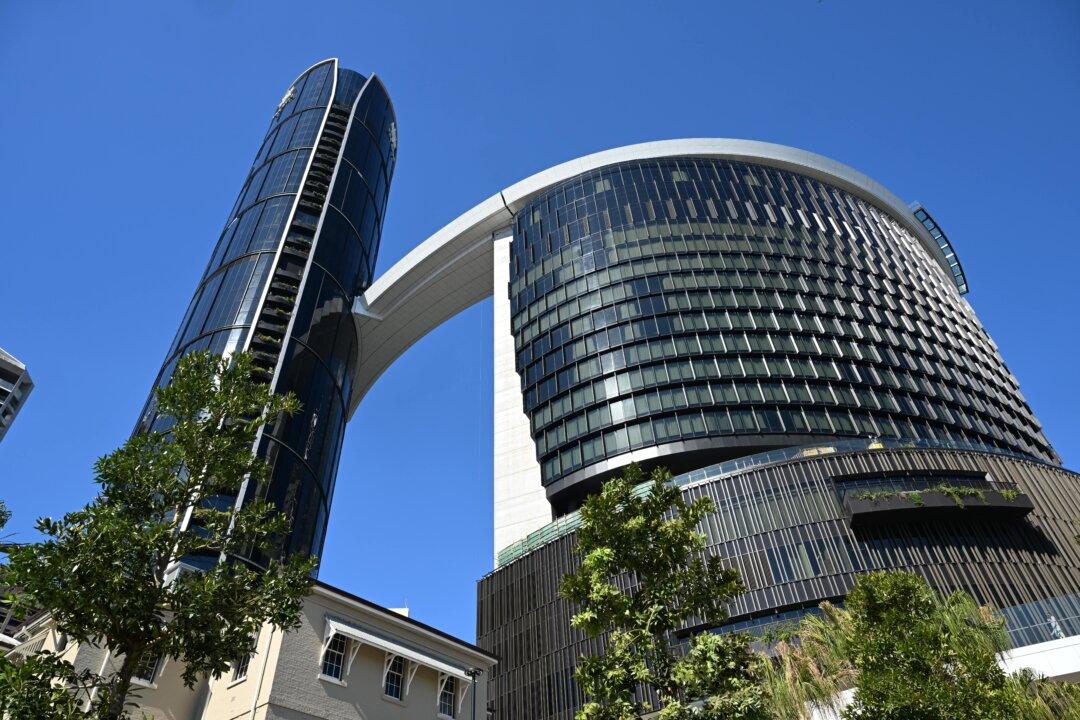The Queensland government has earmarked a dozen regions to become “renewable energy zones” as part of a multibillion-dollar plan to strip fossil fuels from the electricity grid.
The zones will be used to deliver large-scale wind, solar, pumped hydro and green hydrogen projects.
A draft road map released on Tuesday identified 12 potential renewable energy zones to be developed and connected to the Queensland grid in three phases by 2035.
The state government has pledged $19 billion (US$12.6 billion)to roll out renewable sources, with a commitment to reach 70 percent renewable energy by 2032.
It says that with private investment included, the amount being spent on renewable sources will reach $62 billion.
There are 52 large-scale renewable energy projects under construction or financially committed to across the state, the government said.
At present, about one-quarter of electricity used in Queensland comes from renewable sources.
The proposed 12 zones are split into three regions, with five in southern Queensland, four in central Queensland and three in the state’s north.
Energy Minister Mick de Brenni said the plan would deliver cheaper, cleaner and more secure energy.
“While rebates from retaining public ownership are the quickest and most effective way to take immediate action on cost-of-living relief, we know that renewables are the cheapest form of new energy generation,” he said.
“Only when renewables dominate the market will we see wholesale electricity prices come down permanently, so this road map is crucial to taking real action on easing the cost of living.”
Mr de Brenni said the government intended to introduce legislation to establish renewable energy zones.
Queensland’s Local Government Association chief executive Alison Smith said communities must benefit from the plan.
“That means locking in social licence with up-front, detailed guarantees of improved liveability in these areas,” she said.
Queensland Conservation Council director Dave Copeman said the creation of the zones needed to quickly turn into plans to speed up the construction of renewable energy sources.
The road map closes for public consultation on September 22.





